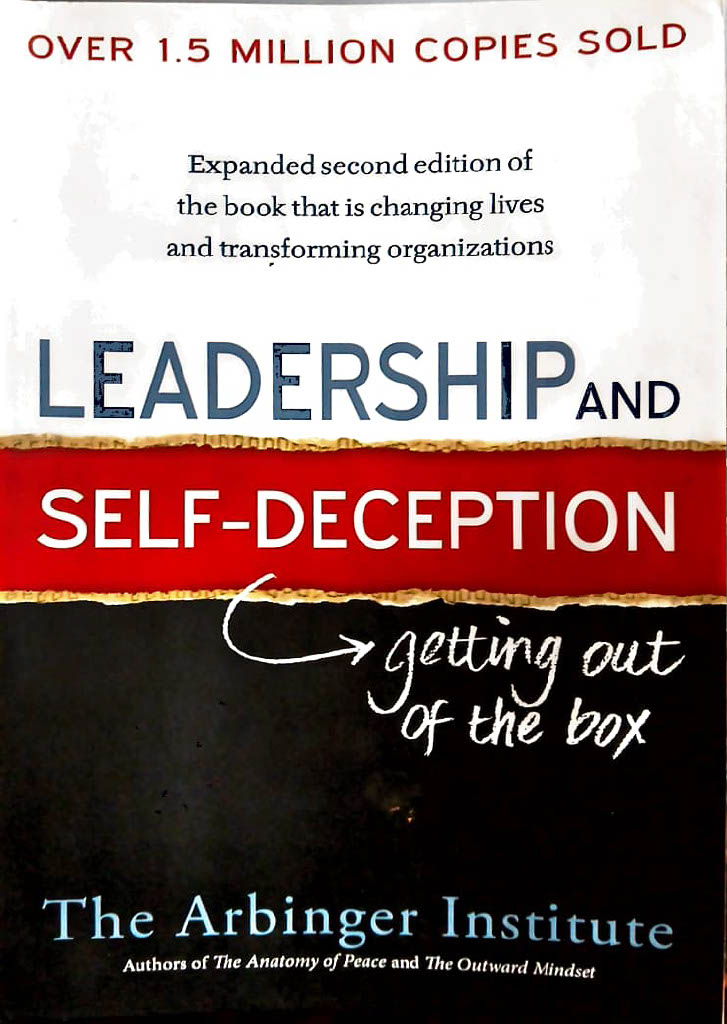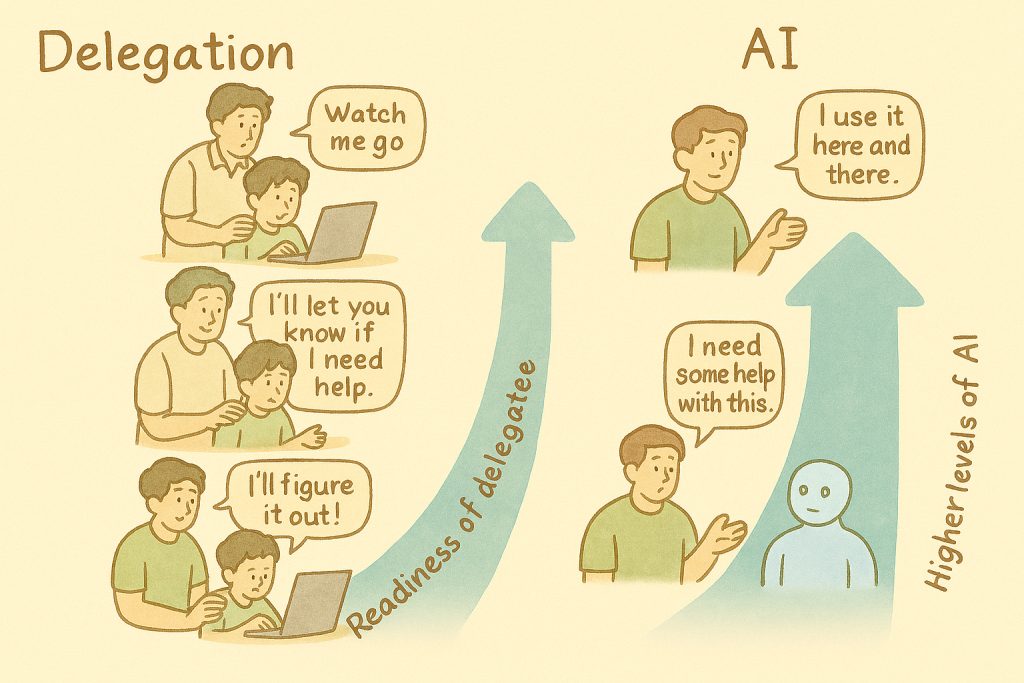A few days back, I came across the book Leadership and Self-deception from Arbinger Institute in my personal library and decided to revisit it. I realized a new generation of people may have missed the book altogether and lost an opportunity to literally transform their work place experiences and personal lives. I also decided to write this blog to revive it for myself & also share the book’s message. This blog essentially provides an overview of the key concepts and terminology in the book.
What is Self-deception?
To get started, let’s look at the book cover and title. Self-deception? What on earth?? The book explains it with a simple example: an infant learning to crawl. For some reason, the baby starts crawling backward. Not seeing what is behind her, she gets under the furniture and gets stuck. She tries hard to dislodge herself, crying and banging her head against the furniture sides. Unfortunately, her efforts only seem to make the situation worse. She gets even more stuck. If the baby could talk, she would likely blame the furniture for all her troubles! Since she is trying so hard, the problem could not be hers and surely the furniture’s. She just cannot see how she and her backward crawling are the real problems. That is self-deception for you. You can extend the concept to almost all of us in not recognizing that you may actually be part of the problem that you are complaining about. Self-deception is all pervasive across people of all ages and actually determines one’s experience in every aspect of life.
What is it like being in the box?
The next phrase in the book cover is “getting out of the box”. It is related to self-deception, the “box” being the state of self-deception. The book goes on to develop the concept of self-deception (aka “the box”), how we get into it and how we could get out of it to enhance results, leadership & relationships in all aspects of life, professional and personal.
But then how do end up being in the box in the first place? Here another key idea is “self-betrayal”. For example, you see a co-worker struggling with a difficult technical problem and your first instinct is to help her out. That would be the “right thing” to do, you feel. But you end up not doing it for a variety of reasons such as “she is not trying hard enough”, “she has never helped me before”, “I am busy and do not have the patience to guide her” etc. In other words, you are acting contrary to what you feel and in addition, also justify it to yourself playing out various reasons (excuses) in your mind. That is self-betrayal. Self-betrayal gets you inside the box and leads to poor results for individuals & organizations, poor leadership, poor collaboration and poor relationships. It sets up a negative spiral like below:
- I have a sense of what is right
- I choose not to do it, betraying myself (self-betrayal)
- I begin to justify my betrayal with excuses like “I’m too busy” or “They don’t deserve my help” and so on
- I distort reality to protect my self-image, inflating my own virtue and blaming or devaluing others
- As I make self-betrayal events a habit, I see others as obstacles, inconveniences, or threats, and I am now “IN THE BOX”
- My relationships and behaviour are distorted, and others’ negative reactions reinforce my justifications, sustaining a negative spiral
The relationship between self-betrayal and self-deception
Just to make it very clear, here is a comparison of the two concepts above.
| Self-betrayal | Self-deception |
| An act – going against what you feel is right | A state of mind – the blindness that follows |
| Happens in a single moment | Persists afterwards |
| Example: Ignoring someone you could have helped | Example: Believing that person did not deserve help |
| Starts the negative spiral | Sustains the negative spiral |
In other words, self-betrayal is the seed (a choice) while self-deception is the tree that grows from it (a mindset).
How to get out of the box?
Here are the steps suggested in the book to come out of the negative spiral described above:
- I recognize I betrayed myself
- I stop justifying and blaming
- I see others as people with needs and feelings
- I act according to what I know is right; help address people’s needs and not resist them
- I build trust, connection, and peace
As you can see from above, the key is to develop a keen sense of self-awareness and maintain a constant vigil to detect dropping inside the box.
Summary
- Self-betrayal leads to self-deception and the box
- When you are in the box, you cannot focus on results
- Your influence and success will depend on being out of the box
- You get out of the box as you cease resisting other people
So, you may ask: How does it all work in practice? Firstly, the book is a result of decades of research at Arbinger. The book now in its fourth edition has sold over 3 million copies since 2010. It is not just about book sales but actual application areas and real-life case studies in areas such as:
- Applicant screening & hiring
- Leadership development
- Team building
- Conflict resolution
- Accountability transformation
I refer you to arbinger.com for more information and details of their offerings.
Happy reading or re-reading!
Disclaimer: I have no financial interest in promoting Arbinger, their publications and their services.




